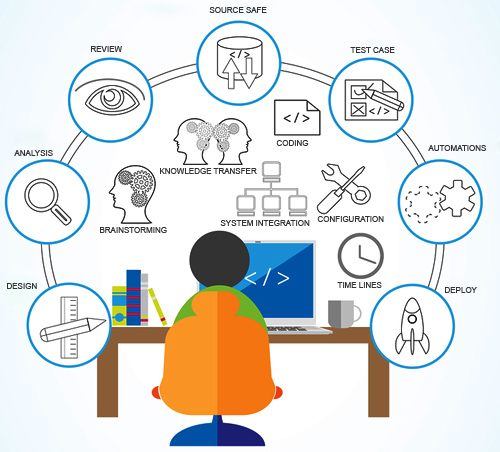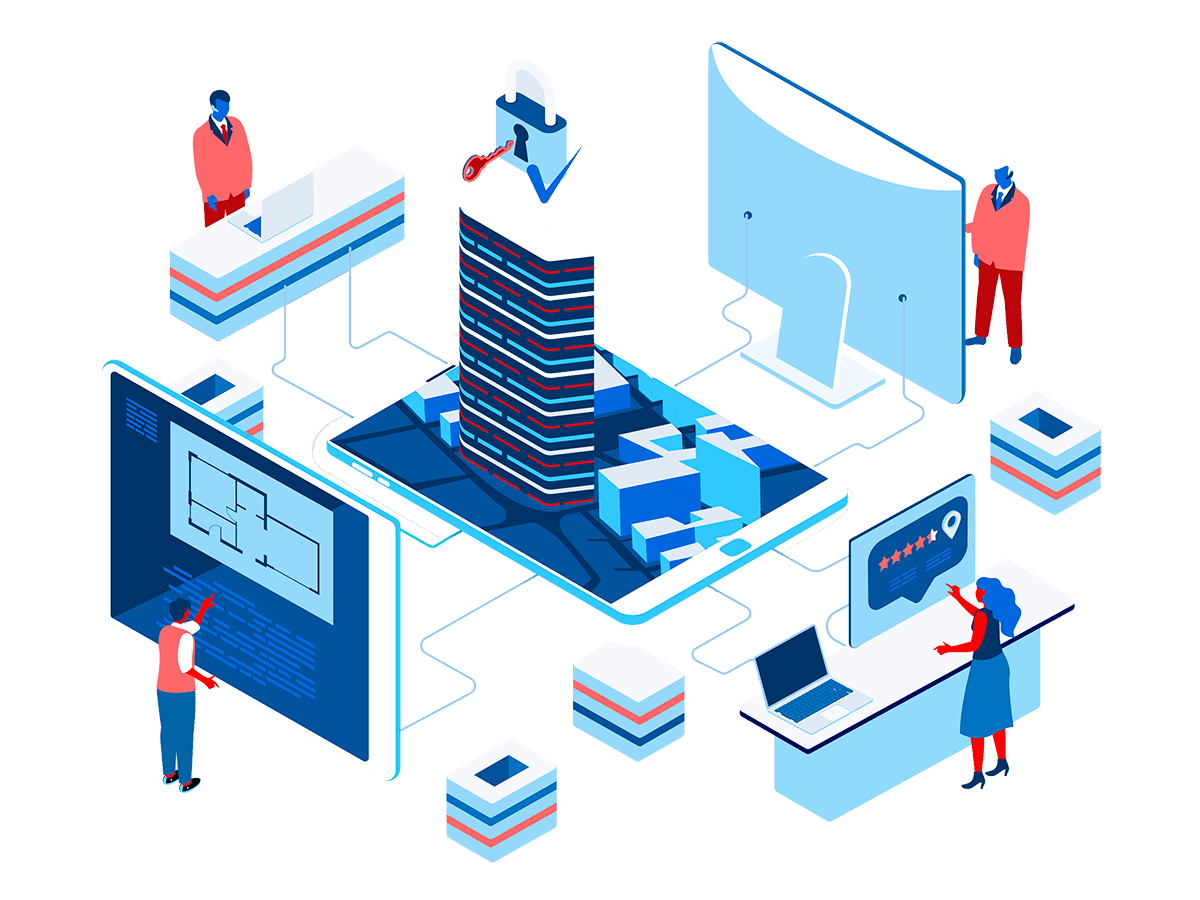Operating System Security Services

Authentication and Authorization
Ensures that only authorized users can access the system.Common mechanisms include passwords, biometrics, smart cards, and two-factor authentication (2FA).
Determines user permissions and access levels. Enforced through policies like Role-Based Access Control (RBAC) and Mandatory Access Control (MAC).
Learn More
Encryption, System Updates and Patch Management
Protects data stored on the system (data at rest) and data transmitted over networks (data in transit). Tools: BitLocker, FileVault, OpenSSL.
Regular updates fix vulnerabilities and bugs in the OS. Automated updates or patch management systems are often used.
Learn More


File and Disk Encryption, Access Control Lists (ACLs)
Secures sensitive files and data using encryption tools. Examples: AES encryption, LUKS (Linux Unified Key Setup).
Define permissions for users and groups at a granular level. Example: UNIX file permissions.
Learn More
Audit Logs and Monitoring, Backup and Recovery
Harnessing Penetration testing to analyse your application for technical flaws or run a Vulnerability testing scan
Regular backups ensure data can be restored in case of loss or compromise. Tools: Backup utilities, cloud storage services.
Learn More


Firewall and Network Security
Built-in firewalls like Windows Firewall or iptables filter incoming and outgoing traffic. Helps block unauthorized access and malware.
Learn More
Antivirus and Antimalware
Detects, prevents, and removes malicious software. Examples: Windows Defender, Norton, McAfee.
Learn More

Meet Your Operating System Security Services Objectives & Needs

